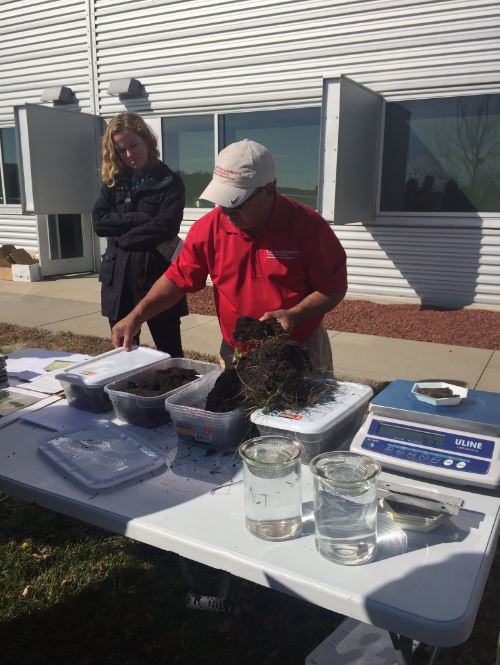Cultivating a Community of Practice for Watershed Management
Submitted by Melissa Miller, Associate Director of the Iowa Water Center
The word is starting to get out on one of our latest Iowa Water Center initiatives: Watershed Management Authorities of Iowa (WMAs of Iowa). This is a statewide organization to unite the ever-growing numbers of Watershed Management Authorities in the state. The goal of this group is to create a network for WMAs to connect with each other, give WMAs a voice in the state, and serve as an information resource for all watershed management stakeholders. WMAs of Iowa helps cultivate a community of practice for watershed management in Iowa.
Let’s be honest here – we did not come up with this great idea. The need for this group came from the WMA stakeholders themselves, and they are the ones who will drive it. Multiple work sessions this winter with the WMA community resulted in a strategic framework that needed one thing: implementation. IWC proposed to act as a catalyst for implementation by offering administrative capacity – organizing meetings, managing a timeline, maintaining a listserv, coordinating all the work that has already gone into creating a presence for this group.
Right now, we’re in the process of inviting WMAs to join us, and we’re looking for board members from those existing and newly forming WMAs to drive the organization forward. We hope to have a board in place by this fall with a website, newsletter, and other outreach and resource activities to follow.
Why is IWC involved?
Great question.
I’ve confessed before to being the president of the WMA fan club, and waxed poetic about the effectiveness of watershed-based planning. I’ve also been using the admittedly odd metaphor that IWC can act as caulk for water groups in the state – we seek to fill gaps and build capacity that connects groups to use resources effectively and efficiently.
By building up WMAs in the state, we’re promoting a research-backed method of natural resource management that will lead to better water resource management and implementation of creative and practical solutions to water resources related problems. That is the reason we exist, you know. (Need proof? Read the Water Resources Research Act as amended in 2006!)



